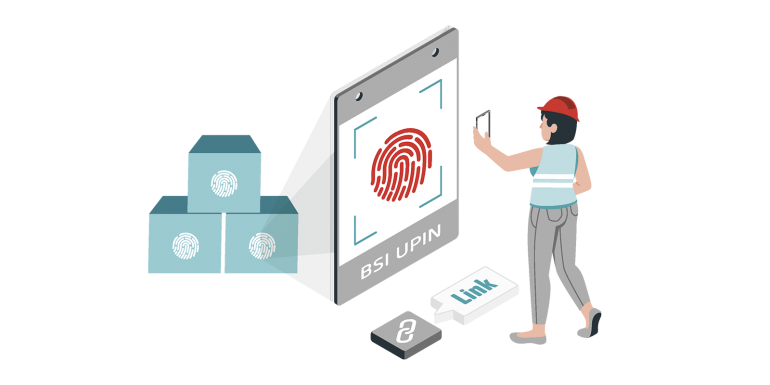New tool for product traceability

The BSI has launched an identification tool that promises to bring product traceability through the built environment supply chain.
In response to the Hackitt report’s call to create a golden thread of transparency and accountability in the form of “an identification system that could provide every component in a building with a unique and persistent identification code”, the British Standards Institution (BSI) has released new product identification technology called BSI Identify.
Through digital object identifier (DOI) technology, BSI Identify assigns each product a unique and interoperable identifier called a Universal Persistent Identification Number (UPIN). It will help UK manufacturers to directly manage information about their products in the supply chain.
The new DOI system stores and indexes product information from manufacturers throughout a product’s life cycle, from its manufacture through specification, procurement, installation and use to its decommissioning or reuse. The UPIN directs users to a free, enduring and searchable registry where they can access all the relevant product information, controlled by the manufacturer, which serves as a persistent record.
BSI is the only registration agency authorised to issue manufacturers with unique construction product IDs in this way. Its UPINs and the DOI system have been created under the guidance of the relevant ISO standard (ISO 26324:2012 Information and documentation – Digital object identifier system).
Dan Rossiter, Sector Lead for built environment digital transformation standards at BSI, said: “BSI Identify should have a transformative effect on how product information is exchanged by providing a robust and permanent solution for product traceability and information accountability.” The Construction Products Association (CPA) was involved in the development of the new ID system, as were representatives from across the built environment supply chain.
CPA Chief Executive Peter Caplehorn agrees: “Digitalisation of the construction industry is essential to drive productivity, improve performance certainty and ensure the robust verification of products and their information. The deployment and use of DOI in the product sector is long overdue and will inevitably lead to a step change in efficiency for construction and maintenance across the built environment.”
How it works
- Step 1: manufacturers receive a unique, enduring and traceable DOI called a BSI UPIN for every product that is specified and incorporated in a building structure.
- Step 2: BSI Identify holds these UPINs in a permanent, accessible and searchable registry. The technology used ensures the index cannot be broken, so the link persists forever.
- Step 3: manufacturers can then mark or tag their products with the UPIN. A UPIN can be included within QR codes, NFC or RFID tags.
- Step 4: the BSI UPIN acts as a smart link that can signpost users to a page, controlled by the manufacturer, where they can quickly find all the most up-to-date information on a product, from specification, installation and maintenance to replacement, CE and recall/safety information. All queries about the product can be routed back to the manufacturer.
For more information, visit identify.bsigroup.com
To view the data categories of BSI Identify, bit.ly/BSIIdentify









